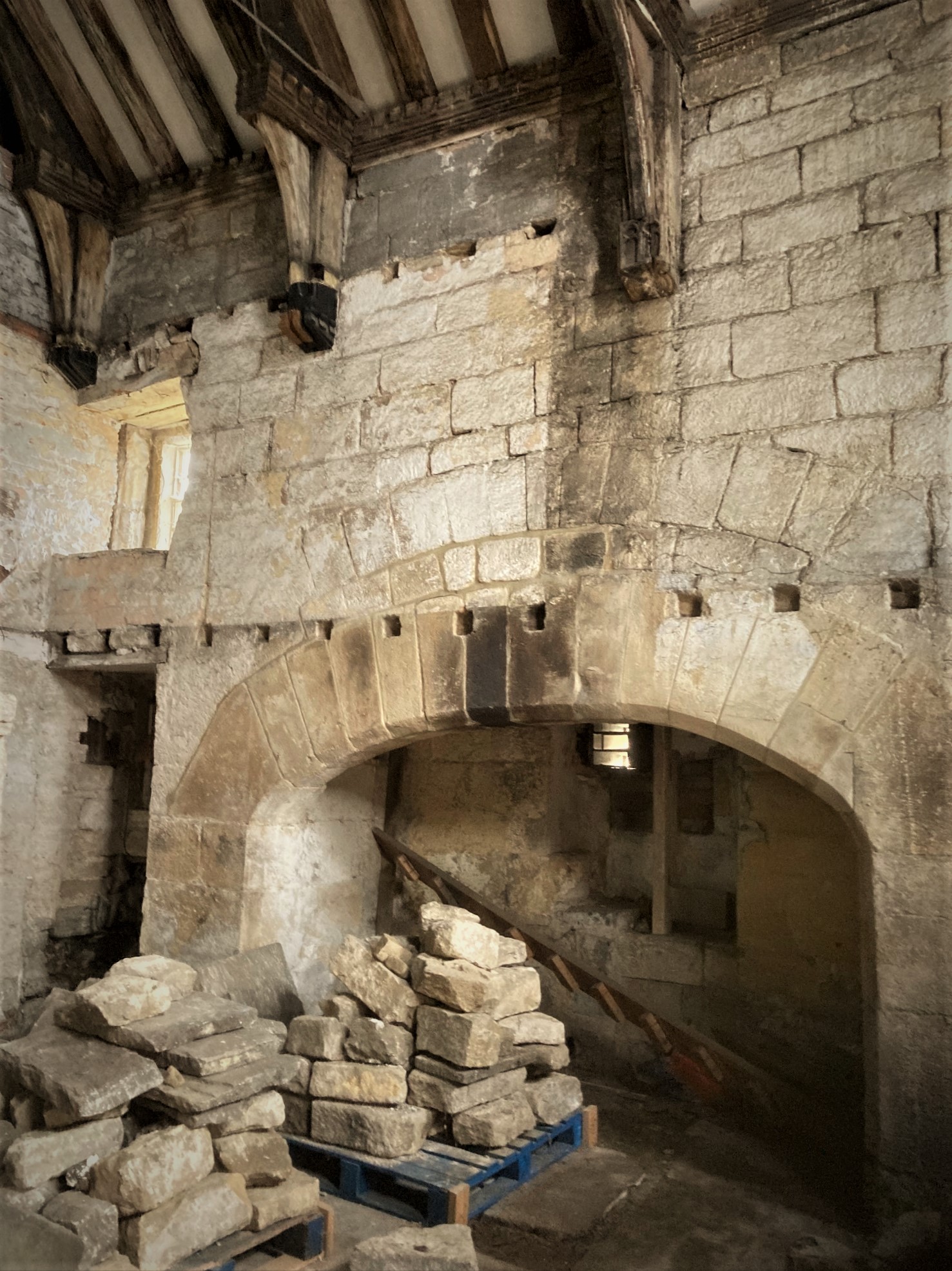This is just to a reminder of why it is often an excellent idea to choose Lime bound products for your restoration works

This just to a reminder of why it is often an excellent idea to choose Lime bound products
Why Choose Lime?
Lime is flexible, breathable, mould-resistant, environmentally friendly, and visually appealing.
It is indispensable for restoring historic buildings and equally valuable in new construction, making it an ideal choice for various building applications.
Flexibility: Unlike contemporary cement-based products, lime possesses a degree of flexibility that allows it to accommodate a building's movements without cracking. Frost damage occurs when water trapped in masonry expands and contracts as it freezes and thaws. Lime mortars and renders don’t set too hard, meaning that, in cases of expansion, it is the lime mortar that yields rather than the brick or stone. In contrast, harder cement-based mortars remain rigid, forcing the stone or brick to absorb stress, which can result in 'blown' faces or cracked masonry. Consequently, repointing lime mortar is often more economical than removing and replacing damaged masonry.
Breathability: Lime is vapour-permeable, enabling buildings with solid walls to 'breathe.' This allows trapped moisture within the walls to escape through evaporation, helping to control internal dampness and condensation issues. Floors made from lime-based materials benefit similarly, offering effective moisture control that protects natural materials like wood from dampness and rot.
Mould Resistance: Due to its high pH (12-13), lime products act as natural biocides and do not support mould growth.
Environmental Benefits: The use of lime is more environmentally friendly compared to modern cement-based products for several reasons:
- Masonry and bricks bonded with lime mortars can be reused since the lime mortar is easy to remove.
- The production of lime requires less energy than cement.
- Lime absorbs carbon dioxide as it cures, reclaiming much of the CO₂ released during manufacturing.
- Lime plasters and washes are non-toxic.
- Choosing the Right Product
- Lime is a general term for a variety of products derived from calcium carbonate sources like limestone, chalk, and shells.
Quicklime (Calcium Oxide): To create a usable lime product, raw calcium carbonate is heated to temperatures between 800 and 1000°C. This process generates calcium oxide, known as quicklime. Quicklime is highly reactive and unstable, quickly reacting with water. This reaction generates significant heat, reaching up to 150°C, producing calcium hydroxide, also referred to as hydrated lime.
Hydrated Lime (Calcium Hydroxide): For those looking to avoid the potentially hazardous slaking process, hydrated lime (also known as non-hydraulic lime, slaked lime, or fat lime) is readily available as a putty. Lime putty can be combined with water to create limewash or mixed with aggregates to form lime mortars and plasters. Hydrated lime requires exposure to air to carbonate (set), which can take time but results in a highly flexible and breathable finish.
Natural Hydraulic Lime (NHL): The base material for quicklime and hydrated lime contains over 95% calcium carbonate. Using limestone with a higher level of impurities produces hydraulic lime, which sets faster and harder than hydrated lime, and can set in the presence of water, making it suitable for exposed environments. However, hydraulic lime is slightly less breathable than hydrated lime, and the degree of hardness will depend on the specific impurities in the original lime.
NHL comes in different grades, numbered according to hardness; the higher the number, the harder the finish. However, greater hardness corresponds with reduced porosity and flexibility, making it crucial to select the appropriate product for the intended application. Refer to the product description for our NHL usage guide.
